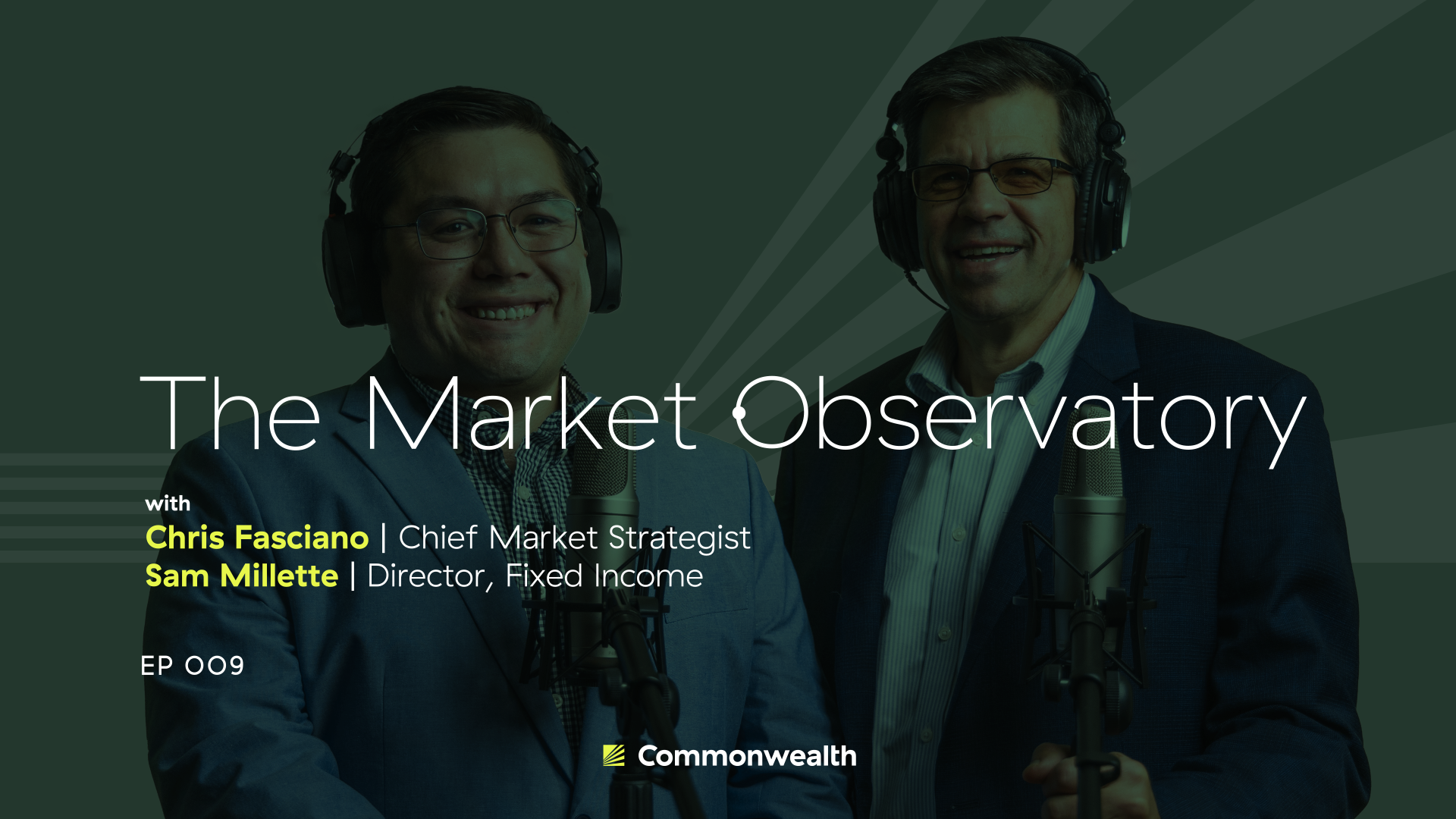The market rally continued in July, as strong corporate earnings growth and optimism on trade lifted stocks. The S&P 500, Dow Jones, and Nasdaq were all up low single digits for the month. The story was mixed internationally, with developed international stocks down while emerging markets rallied for the third straight month. Turning to the economy, the news was broadly positive. The economy grew at an annualized rate of 3 percent in the second quarter, beating expectations and signaling a healthy economic backdrop.







.png)






